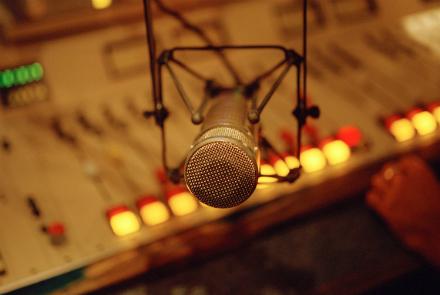The latest annual report on Afghanistan from the United Nations High Commissioner for Human Rights found that in 2017 civil society actors, including media workers and journalists, continued to face threats and restrictions.
The report stated that UNAMA and the High Commissioner for Human Rights continued to monitor the safety and security of journalists through the year.
According to the report, “attacks against media workers and women activists by anti-government elements are indicative of the challenges faced by civil society. Human rights defenders also faced arrests and acts of intimidation from the security authorities on charges related to national security.”
The report also noted that the UN “observed that, despite the approval of the access to information law by the government, individuals and journalists faced challenges in obtaining accurate information from government sources.”
In addition, the report noted that anti-government elements subjected journalists and media outlets to threats, acts of intimidation, deliberate attacks and killings, labelling specific outlets “military targets”.
Two television stations, Shamshad TV in Kabul, and Radio-Television Afghanistan in Nangarhar, were attacked by Daesh, while a local radio station in Ghor was attacked and burned down.
In 2017, 14 media workers, including three journalists, were killed, the report stated.
Four of them were targeted during the attack by Daesh Radio-Television Afghanistan, on 17 May, in Nangarhar; one was targeted by unidentified gunmen in Baghlan; and four were among the casualties in an explosion in Kabul, on 31 May. Two others were killed in a suicide attack on the Afghan Parliament television station.
In addition, reports were received of state actors or local power brokers subjecting journalists to beating, arbitrary detention and harassment, and of obstructing access to information and reporting, the report noted.
“In 2017, UNAMA/OHCHR also verified threats against civil society activists and human rights defenders that created a climate of fear and further inhibited their ability to perform their work. It recorded 12 cases of such threats, mainly by anti-government elements, in the central, southern, north-eastern and south-eastern regions, and in the central highlands.
The report noted however, the development, and subsequent adoption on 19 December 2016, of a protection strategy for human rights defenders by the Afghanistan Independent Human Rights Commission, including possibilities of temporary or permanent relocation of defenders at risk, is a positive step in the protection of defenders.
The report meanwhile noted recommendations by the United Nations High Commissioner for Human Rights and stated that anti-government elements need to “issue statements recognizing the important role of civil society actors, notably human rights defenders and journalists, including women and girls, and their right to freedom of expression and critical opinion, and denouncing attacks against the media and civil society, acknowledging and respecting their civilian status.”
A recommendation was also made that all parties to the conflict foster an environment conducive for civil society to operate safely and freely, including human rights defenders, journalists and other media workers, in particular women and girls.
The report, from 1 January to 30 November 2017, was released on Wednesday in Geneva and provided an overview of the human rights work and technical assistance conducted by UNAMA in cooperation with the Office of the High Commissioner.
To read the full report CLICK HERE.


